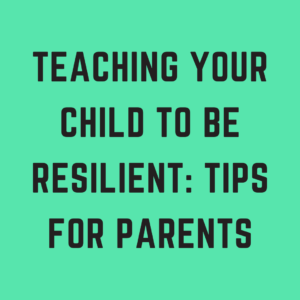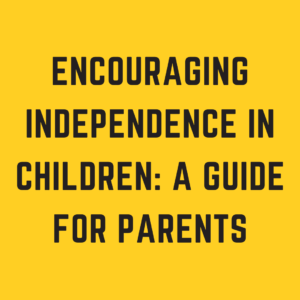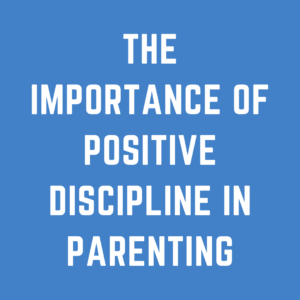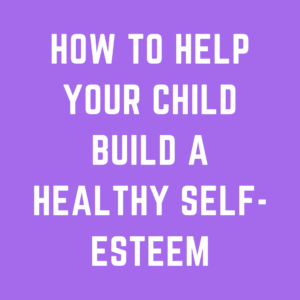Resilience is the ability to bounce back from adversity. It’s what helps us survive a difficult childhood or long-term illness and keep going. But for kids, resilience can be hard to develop because they don’t have as many resources at their disposal as adults do.
That’s why parents and teachers need to try new strategies when working with children who are struggling with adversity—and here are some ways you can help them become more resilient:
What is resilience?
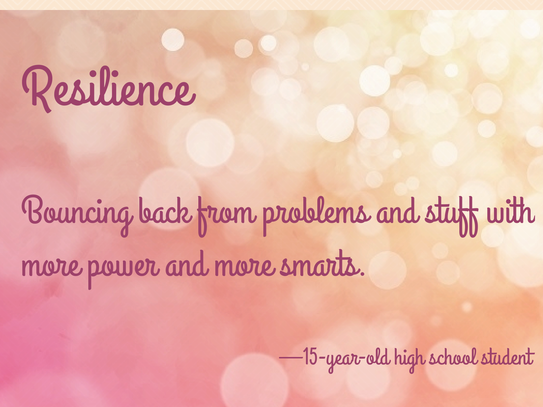
Resilience is the ability to bounce back after a difficult experience and withstand and recover from trauma, tragedy, or setbacks. It means being able to adapt in the face of adversity. It also means maintaining positive relationships with others.
Resilience can be thought of as a sense of control over one’s life; it helps build resilience by giving individuals an inner strength they need when facing challenging situations that may otherwise overwhelm them or prevent them from moving forward with their lives at all
How can you help kids become more resilient?
Resilience is the ability to bounce back from adversity. It’s what kids need to grow into healthy adults, but it can be difficult for some parents and teachers to understand how important resilience is in a child’s development.
Resilience also plays an important role in your own life—it’s one reason why you’re still alive today, after all! If you’ve ever been through something traumatic or uncomfortable, then chances are good that you’ll return home feeling more resilient than before your experience.
So what does this mean for our children? How do they develop their resilience?
1. Building a sense of control over the world around them
As a parent, you want to help your child feel like they have some control over their environment. This can be done by giving them more responsibility for their own lives, making sure that they feel safe and secure at home, and providing them with opportunities for exploration outside of the family home.
For example: When someone buys something new and exciting but doesn’t know what to do with it yet (or even wants to), we often recommend letting them decide how best to use it.
For example: “Let’s see if there’s anything else we can find in this box.” Or “How about I read through these instructions while you figure out which way is up?”
This kind of hands-on approach helps kids learn how things work while also giving them some time away from adults so they don’t feel overwhelmed by all the newness around them!
2. Nesting their identity inside a source of pride, such as heritage or ethnic group, or gender
Identity is a key part of resilience. As young people grow up, they develop their sense of self through experiences and relationships with others. When children feel connected to something larger than themselves, like their family or community, it can help them build resilience through positive social support structures.
For example: if you’re a kid from an immigrant family who has decided that he wants to be American but struggles with feeling ashamed about his background, finding out about the history behind your ancestors’ move here might make him feel proud of who he is and what makes him different from everyone else around him. You might even inspire him to become more involved in civic life!
3. Opening their minds to new information and possibilities beyond their immediate surroundings
The third step is opening their minds to new information and possibilities beyond their immediate surroundings. For example, when you’re learning something new at school, it’s easy for your brain to get stuck on a particular point of view or experience.
But resilient kids can learn from other people’s experiences as well—and they’re often more open-minded when doing so because it allows them to see things through different eyes than what they’ve been exposed to before.
In addition, being able to think critically about situations will help them become resilient in the future by helping them avoid making assumptions and basing decisions solely on past experiences (which could lead them down the wrong path).
4. Building positive relationships with others
- A supportive environment is important for building resilience.
- Friendship is one of the most powerful forces in the world, and it’s important to have friends who have your back when things get tough.
- Build positive relationships with others by showing kindness and respect towards them; show that you care about their feelings, too! This can help strengthen trust between children and adults who might otherwise be more likely to bully children because they feel insecure themselves (or think that everyone else feels this way). By showing compassion towards each other, kids will also learn how to deal with conflict in their own lives as they grow up—and hopefully lead happier lives overall!
- If there are problems between two people (or groups), try talking things through instead of arguing over them—this will help prevent further conflict from erupting into violence later on down the road.”
5. Understanding suffering as part of being human
- Sufferings are part of being human.
- Suffering is universal.
- Suffering can be positive, or negative.
- There are many sources of suffering in our lives: physical illness and injury, loss of loved ones and possessions, personal failure and defeat, betrayal by others—even simple annoyances like traffic jams or noisy neighbors can cause us distress.
6. Learning to get help from others when they need it
- Know when to ask for help.
- How to ask for help.
- How to accept help.
- How to give help
Kids become resilient when they understand they have control over things, have sources of pride, learn new things, make positive connections with others, understand suffering is universal, and get help when they need it
Resilience is a lifelong process. It’s not something you’re born with, and it doesn’t stop when you grow up.
Resilient kids are those who understand how to develop their resilience and maintain it over time. They know that the world isn’t always fair, but they also know there are things they can do to help themselves feel better when life gets hard.
Kids don’t need to be resilient for their whole lives—they can start developing their resiliency at any age! If your child has ever had an experience where he or she felt like giving up on something (like sports), then this lesson will help him or she learn what not to do in future situations so that he/she will be prepared next time around. And if his/her parents haven’t taught him/her yet, maybe now is the time.
Conclusion
Resilience is a gift that can be passed down from one generation to another, and it’s something every one of us can learn. With the right tools, support, and opportunity, even kids who seem like they never have enough to deal with in life can start developing their skills for managing tough situations.
Remember when you were growing up: how did it feel when things were going wrong? How did your parents respond? What lessons did they teach you about being resilient? If these questions have been important ones for you as an adult, then consider giving them a try on your child—perhaps by encouraging them to talk through their challenges with trusted adults or by hosting some kind of resilience workshop at home!


